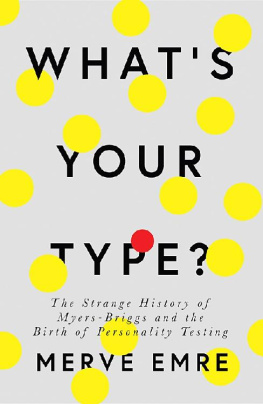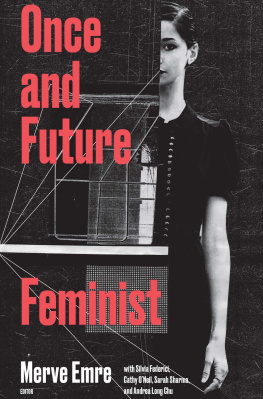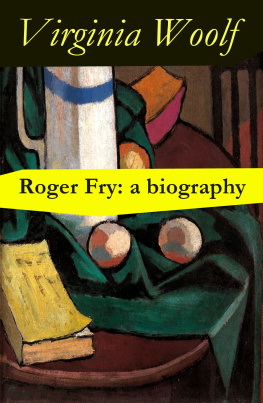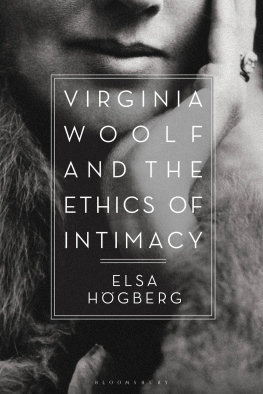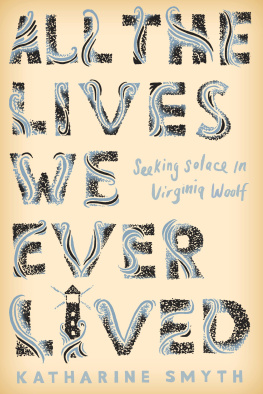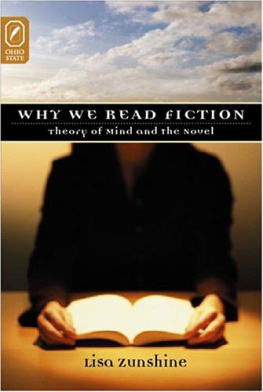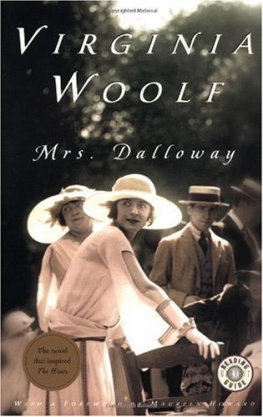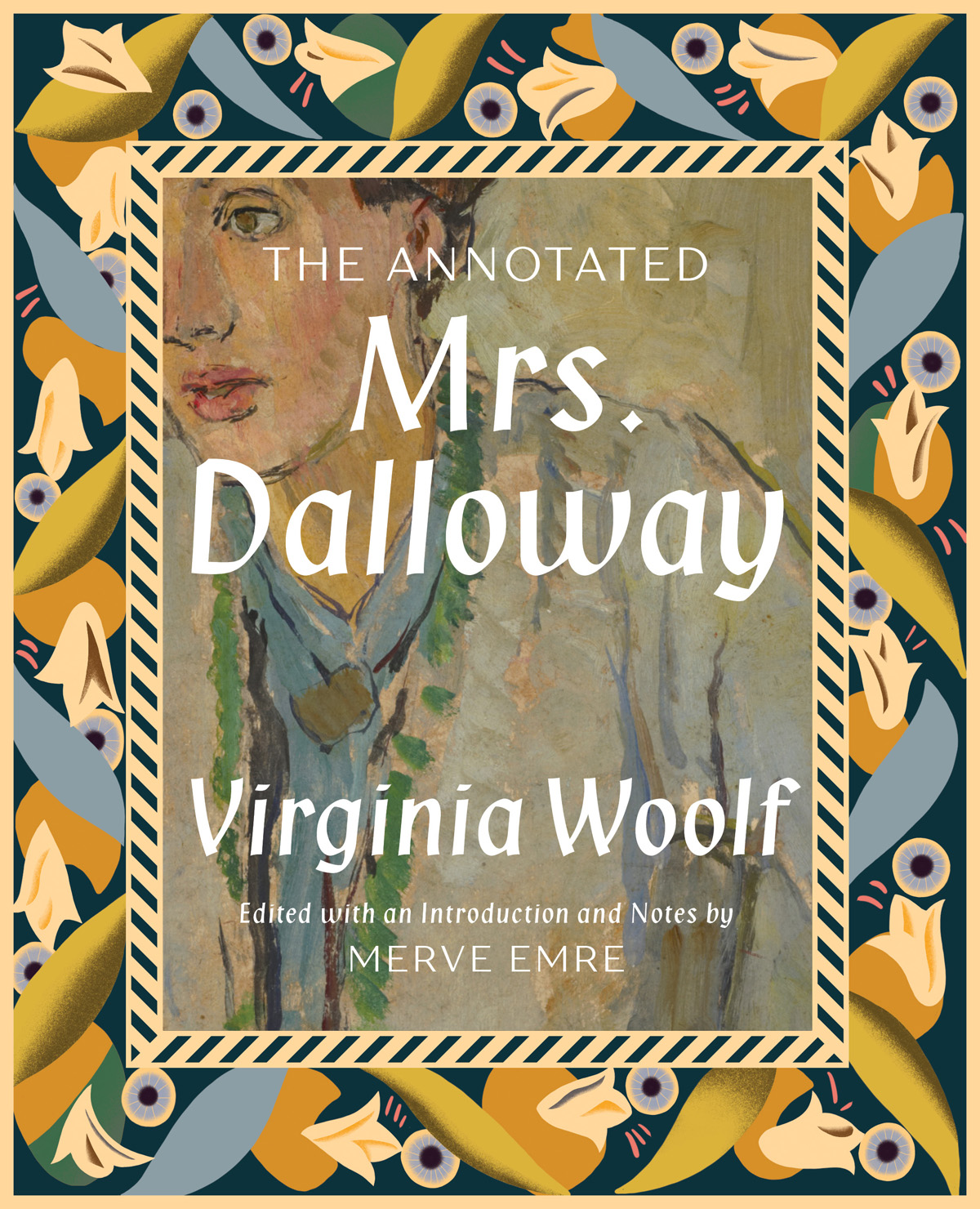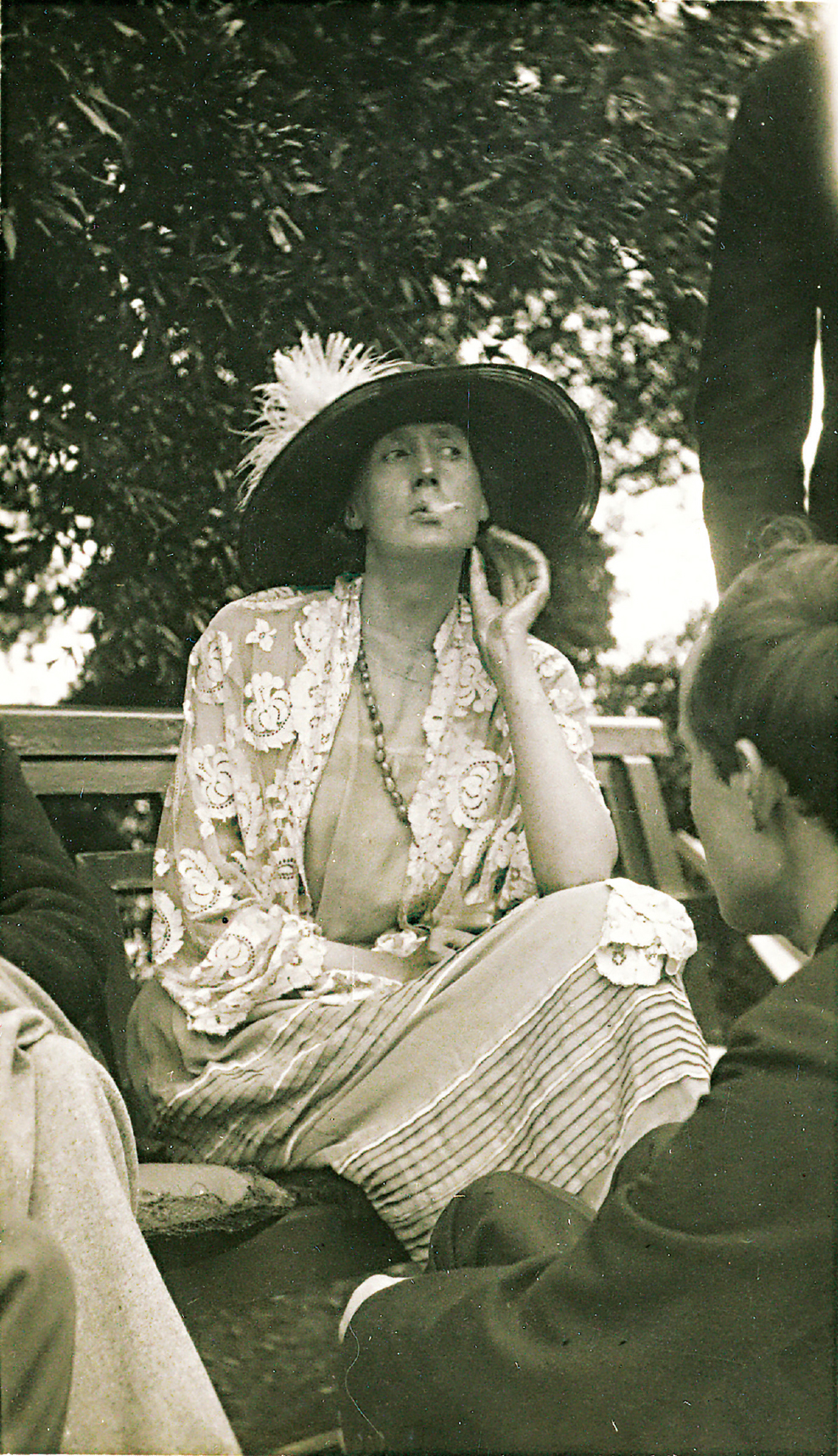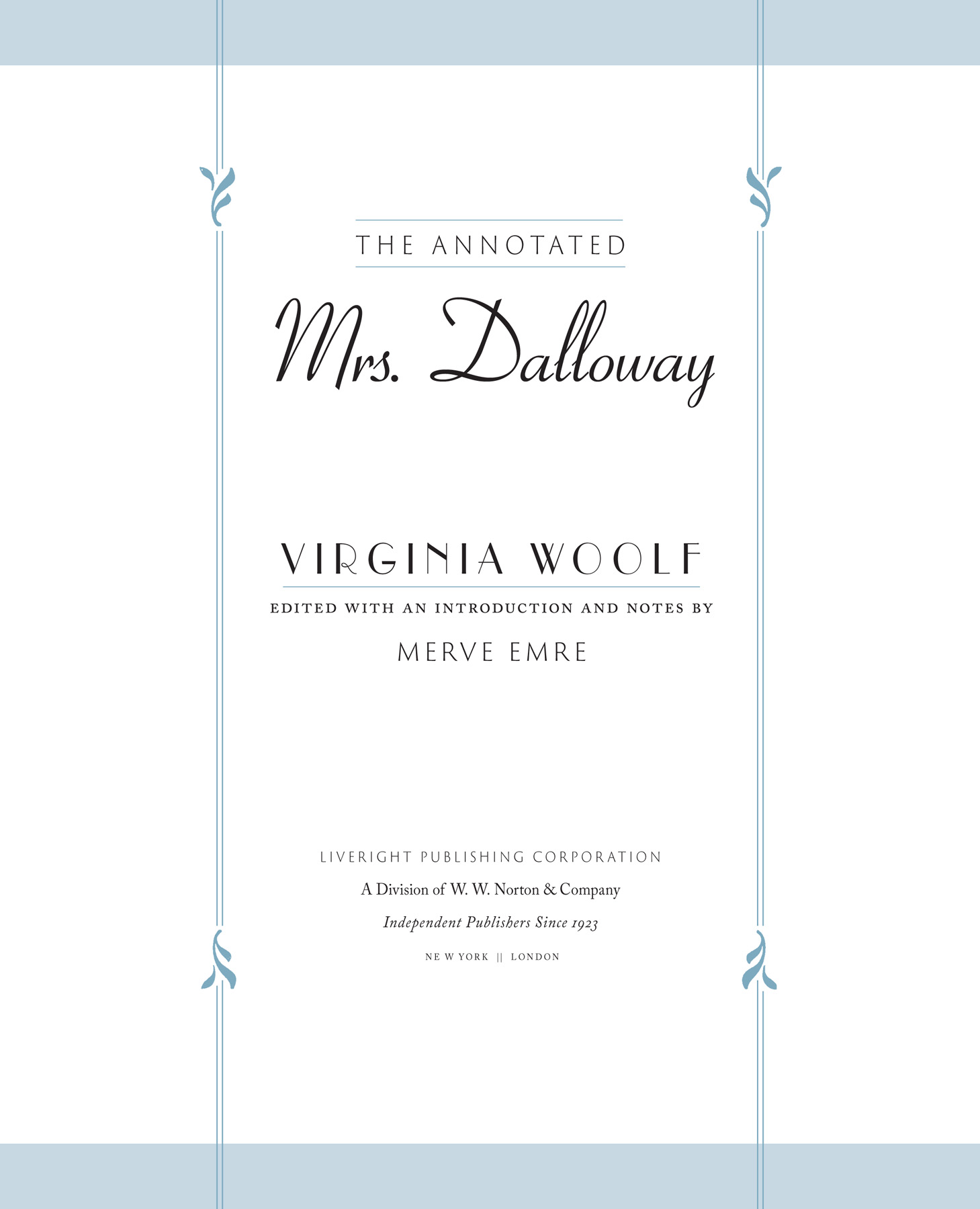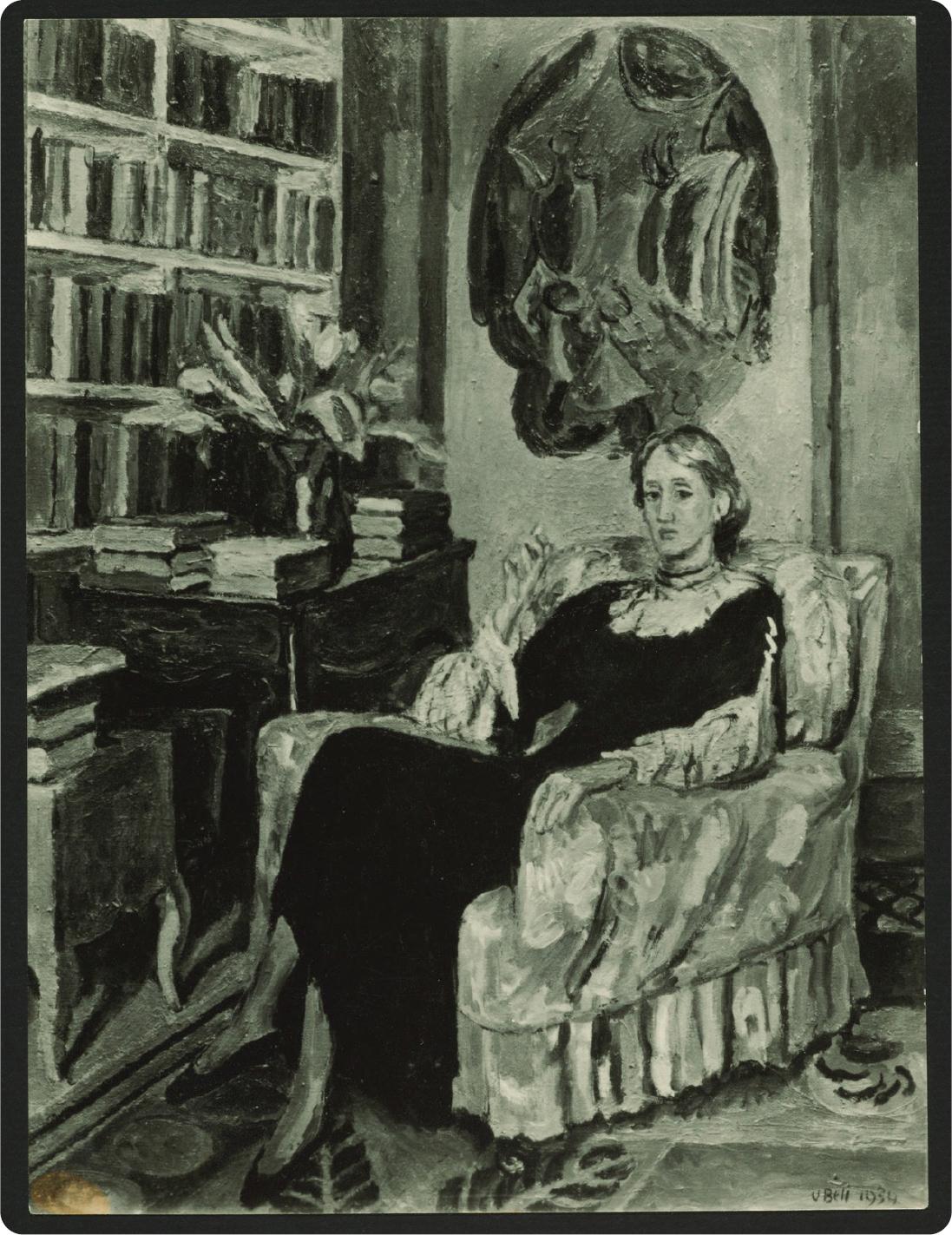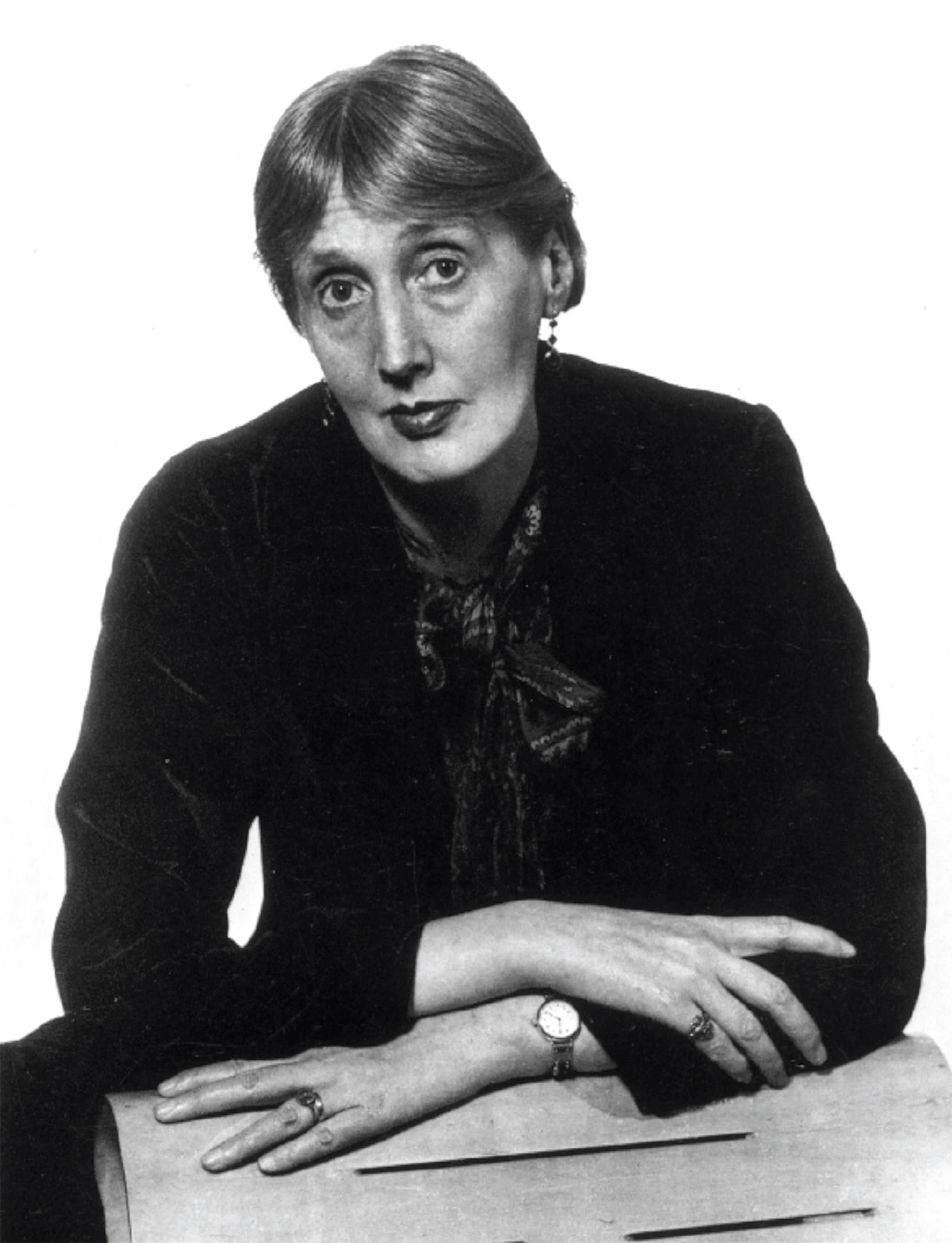Merve Emre - The Annotated Mrs. Dalloway
Here you can read online Merve Emre - The Annotated Mrs. Dalloway full text of the book (entire story) in english for free. Download pdf and epub, get meaning, cover and reviews about this ebook. year: 2021, publisher: Liveright, genre: Non-fiction. Description of the work, (preface) as well as reviews are available. Best literature library LitArk.com created for fans of good reading and offers a wide selection of genres:
Romance novel
Science fiction
Adventure
Detective
Science
History
Home and family
Prose
Art
Politics
Computer
Non-fiction
Religion
Business
Children
Humor
Choose a favorite category and find really read worthwhile books. Enjoy immersion in the world of imagination, feel the emotions of the characters or learn something new for yourself, make an fascinating discovery.

- Book:The Annotated Mrs. Dalloway
- Author:
- Publisher:Liveright
- Genre:
- Year:2021
- Rating:4 / 5
- Favourites:Add to favourites
- Your mark:
The Annotated Mrs. Dalloway: summary, description and annotation
We offer to read an annotation, description, summary or preface (depends on what the author of the book "The Annotated Mrs. Dalloway" wrote himself). If you haven't found the necessary information about the book — write in the comments, we will try to find it.
Virginia Woolfs groundbreaking novel, in a lushly illustrated hardcover edition with illuminating commentary from a brilliant young Oxford scholar and critic.
Mrs. Dalloway said she would buy the flowers herself. So begins Virginia Woolfs much-beloved fourth novel. First published in 1925, Mrs. Dalloway has long been viewed not only as Woolfs masterpiece, but as a pivotal work of literary modernism and one of the most significant and influential novels of the twentieth century. In this visually powerful annotated edition, acclaimed Oxford don and literary critic Merve Emre gives us an authoritative version of this landmark novel, supporting it with generous commentary that reveals Woolfs aesthetic and political ambitionsin Mrs. Dalloway and beyondas never before.
Mrs. Dalloway famously takes place over the course of a single day in late June, its plot centering on the upper-class Londoner Clarissa Dalloway, who is preparing to throw a party that evening for the nations elite. But the novel is complicated by Woolfs satire of the English social system, and by her groundbreaking representation of consciousness. The events of the novel flow through the minds and thoughts of Clarissa and her former lover Peter Walsh and others in their circle, but also through shopkeepers and servants, among others. Together Woolfs characterseach a jumble of memories and perceptionscreate a broad portrait of a city and society transformed by the Great War in ways subtle but profound ways. No figure has been more directly shaped by the conflict than the disturbed veteran Septimus Smith, who is plagued by hallucinations of a friend who died in battle, and who becomes the unexpected second hinge of the novel, alongside Clarissa, even thoughin one of Woolfs many radical decisionsthe two never meet.
Emres extensive introduction and annotations follow the evolution of Clarissa Dallowaybased on an apparently conventional but actually quite complex acquaintance of Woolfsand Septimus Smith from earlier short stories and drafts of Mrs. Dalloway to their emergence into the distinctive forms devoted readers of the novel know so well. For Clarissa, Septimus, and her other creations, Woolf relied on the skill of character reading, her technique for bridging the gap between life and fiction, reality and representation. As Emre writes, Woolfs approach to representing character involved burrowing deep into the processes of consciousness, and, so submerged, illuminating the infinite variety of sensation and perception concealed therein. From these depths, she extracted an unlimited capacity for life. It is in Woolfs characters, fundamentally unknowable but fundamentally alive, that the enduring achievement of her art is most apparent.
For decades, Woolfs rapturous style and vision of individual consciousness have challenged and inspired readers, novelists, and scholars alike. The Annotated Mrs. Dalloway, featuring 150 illustrations, draws on decades of Woolf scholarship as well as countless primary sources, including Woolfs private diaries and notes on writing. The result is not only a transporting edition of Mrs. Dalloway, but an essential volume for Woolf devotees and an incomparable gift to all lovers of literature. 100 color illustrationsMerve Emre: author's other books
Who wrote The Annotated Mrs. Dalloway? Find out the surname, the name of the author of the book and a list of all author's works by series.

